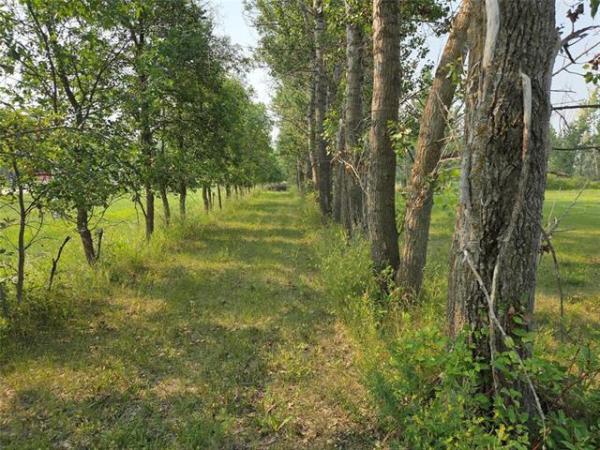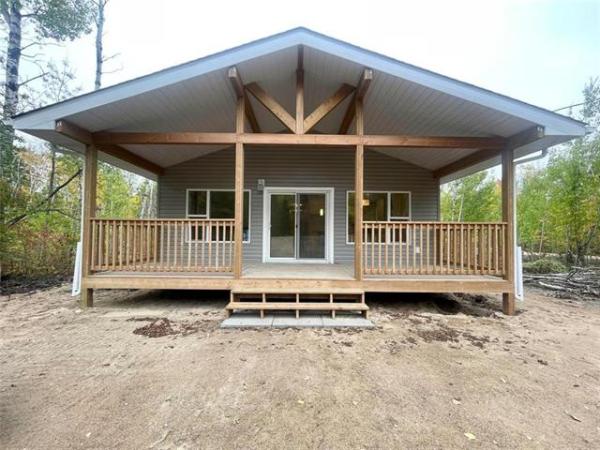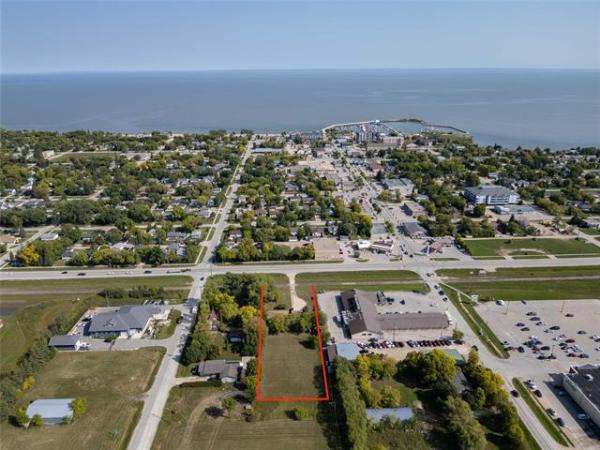Question: Last year I had a problem with my sump pump exterior discharge area. Since most new homes in the city are close to each other, I had my sump pump hose disconnected in the fall. Through the winter, all that water froze and created an ice rink between my house and the neighbour. In the spring when it all started melting, the pump was running continuously. So, I had to put the hose back on during the day, when it was warm, and then disconnect it during the night, when it got cold. I did this every day, for about a week, until the water on the side of my home was mostly gone, other than the thick ice that was still there. Is there any way to avoid this from happening again? Thanks, Mj Kainth
Answer: Dealing with ice and water buildup between homes in the spring and fall can be a challenge for many homeowners. Using a temporary, removable diversion measure to channel the water away from this area should minimize the problem and keep it at a manageable level.
Water discharge from a newer home sump pump can be a nuisance to deal with, especially in the shoulder seasons. This is one of the most common complaints of homeowners, even in the warm months. While it seems like an almost insurmountable challenge when the weather cools, it can often be reasonably managed with a temporary measure to divert the water away from the area between your homes.
Many homeowners, frustrated with ice buildup beside their homes, choose a method to divert the sump pump water to the municipal waste system inside the building. By closing off the discharge pipe near its exit from the sump, and diverting it into another ABS plastic pipe connected to a drain pipe in the basement, the outside ice issue will disappear. While this may be a reasonable winter measure, when done properly with two valves and proper plumbing pipes, it is not allowed in many areas. Because the sewers are not designed to carry large amounts of rainwater, especially during heavy storms, this could cause serious sewer back-up issues if left in place during the summer. If a significant number of homes have this set-up in place, and the owners forget to divert the water back outside after freezing temperatures are gone, this can be a disaster waiting to happen. For these reasons this is not something that is recommended for water and ice control.
A simpler idea is to find a method to continue to divert the sump pump water further away from the house, after the normal outside discharge pipe is removed for colder weather ice prevention. While it is critical to remove the tight-fitting, small diameter, flexible plastic hose in the fall, using another one in its place should work. Ensuring the winter pipe is large and long enough to prevent freezing is the key. An excellent choice may be a piece of non-perforated weeping tile pipe. This material is easily found at building supply retailers, or often left behind in short sections in new sub-divisions after foundations are backfilled. Because this corrugated plastic pipe is designed to be buried, it is very strong and freeze resistant. Also, the large diameter will allow a huge amount of water to flow through before it fills up. Even if some water and ice remain inside the pipe, it should have sufficient room to prevent complete blockage, unlike the smaller, thinner hose.
The key to preventing a total freeze-up of this temporary pipe is to ensure it is loosely secured to the short pipe sticking through the foundation wall of your home. Because the diameter is much larger than that of the typical fitting, discharged water would overflow from the top should it ever become completely blocked lower down. This will prevent damage to the sump pump, which is a common occurrence when people forget to remove the regular discharge hose in the fall.
A short section of the larger piping may be all that is required to prevent major ice accumulation, but that depends on your grading and neighbour’s sump discharge location. If those items are not in good shape, regrading the low areas before winter, or installing a longer temporary pipe, should be satisfactory. If your grading is good, and the swale between homes is nicely sloped to the front yard, a short piece may be enough. In fact, using a large splash block, or piece of eavestrough, on the ground below the discharge pipe can also work. If not, loosely securing the weeping tile pipe with a piece of twine, bungy cord, or zip tie, should prevent it from coming loose.
Preventing a large ice rink beside your house, during cold weather discharge from your sump pump, can seem like a difficult task, but need not be. Using a loosely attached, larger, temporary pipe for diverting the water further away may be all that is required to prevent this problem from occurring.
Ari Marantz is the owner of Trained Eye Home Inspection Ltd. and the past president of the Canadian Association of Home & Property Inspectors — Manitoba (cahpi.mb.ca). Questions can be emailed to the address below. Ari can be reached at 204-291-5358 or check out his website at trainedeye.ca.
trainedeye@iname.com



